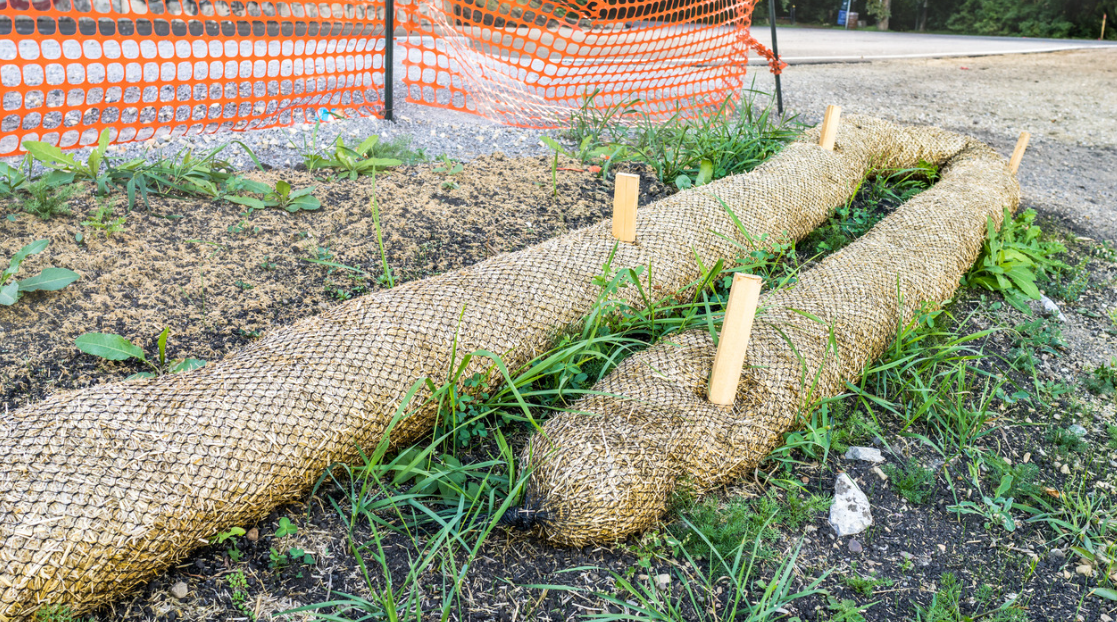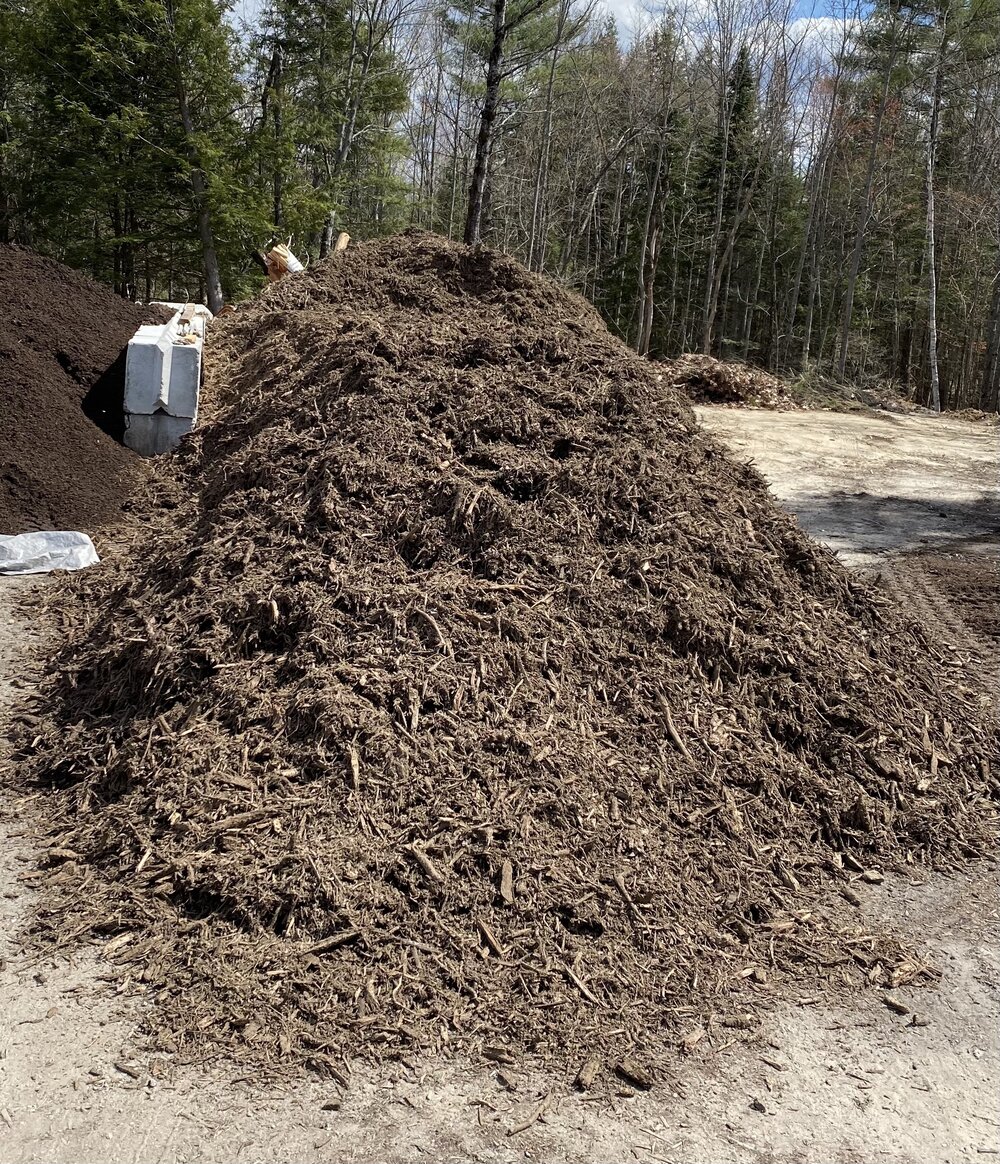Trusted Erosion Control: Memphis Erosion Control Solutions erosion control company
Wiki Article
Best Practices for Disintegration Control in Building And Construction Projects
Are you working on a construction task and concerned concerning disintegration control? In this article, we will certainly direct you through the finest practices for avoiding disintegration on your site. erosion control. Get all set to tackle disintegration head-on and ensure the success of your building project.5 Crucial Erosion Control Methods

To efficiently control erosion on your building and construction website, you'll need to implement essential strategies such as slope stabilization and debris control actions. Incline stabilization is important in avoiding dirt disintegration on steep inclines. One more effective strategy is the use of disintegration control coverings or mats, which are positioned on the slope and help maintain soil fragments while enabling vegetation to expand.
Efficient Sediment and Overflow Management

You can efficiently manage sediment and runoff in your construction project by executing appropriate erosion control steps. Sediment and runoff management is critical to avoid disintegration and shield the surrounding environment. One effective action is the setup of silt fences along the perimeter of the building and construction website. These fences assist to consist of sediment and prevent it from entering nearby water bodies. An additional crucial method is the implementation of disintegration control coverings or mats. These coverings supply a protective layer on bare dirt, minimizing the impact of rains and stopping erosion. In addition, the usage of sediment containers or sediment catches can assist to record sediment and prevent it from going into stormwater systems. Regular upkeep of these steps is vital to guarantee their efficiency throughout the building and construction job. This consists of checking and cleaning debris basins and regularly changing silt fences and erosion control coverings as needed. By implementing these disintegration control measures, you can successfully handle debris and runoff in your building and construction project, lessening the influence on the atmosphere and adhering to regulative needs.
Trick Factors To Consider for Incline Stablizing
When considering slope stabilization, it is essential to analyze the surface and recognize potential areas of instability. You need to carefully analyze the slope's qualities, such as its angle, drain, and structure patterns. Seek indicators of disintegration, such as subjected origins, fractures, or slumping soil. These indicators can give you a concept of where stablizing procedures may be necessary.An additional option is to grow vegetation on the slope, as the origins can help anchor the dirt and control erosion. Furthermore, mounting erosion control coverings or mats can offer prompt protection while plants becomes recognized.
It's crucial to on a regular basis keep track of the supported inclines to ensure their efficiency. Maintain an eye out for any kind of signs of motion or disintegration, and take prompt activity if required. Routine upkeep, such as inspecting and repairing any type of broken steps, is additionally important to make sure lasting stability.
Best Practices for Plants and Dirt Protection
One efficient means to protect plants and dirt on slopes is by frequently examining for signs of erosion and taking prompt activity if required. Begin by evaluating the slope for any type of indications of disintegration, such as exposed roots, bare soil patches, or sediment build-up at the base. Implement disintegration control actions such as installing erosion control coverings, mulching, or even constructing maintaining wall surfaces if required.Implementing Proper Drain Solutions
To properly apply proper drainage systems, it's important to think about the incline gradient and dirt kind. When it involves taking care of water circulation and preventing erosion, understanding these factors is important. The slope gradient plays a significant role in determining how water moves throughout the land. Steeper inclines can cause quicker water flow, enhancing the risk of disintegration and flooding. On the various other hand, gentler inclines enable water to flow more slowly, lowering disintegration possibility. By examining the slope gradient, you can develop an effective water drainage system that suits the natural water movement.Dirt type also affects drainage system layout. Different dirt types have differing levels of leaks in the structure, impacting how water is soaked up and drained pipes. Sandy soils often tend to drain faster due to their rugged texture, resource while clay dirts have a slower water drainage rate due to their compact nature. Recognizing Resources the soil kind helps in choosing appropriate drain strategies, such as using absorptive products or setting up French drains pipes. Additionally, thinking about the soil attributes aids avoid waterlogging, which can bring about poor plant growth and damages to structures.
Final Thought
To conclude, when it concerns erosion control in building and construction tasks, you must follow these finest methods. Apply effective sediment and runoff management methods to stop air pollution. Take into consideration slope stabilization techniques to make certain the stability of the site. Secure vegetation and dirt by using appropriate steps. Establish proper drainage systems to manage water circulation (erosion control). By complying with these necessary methods, you can effectively control erosion and make sure the success of your building and construction task.To properly manage erosion on your building site, you'll require to implement crucial dig this methods such as incline stabilization and debris control procedures. Slope stablizing is crucial in protecting against soil disintegration on steep slopes. One more effective method is the usage of erosion control coverings or mats, which are put on the incline and assistance preserve soil fragments while allowing plants to expand. One more alternative is to plant greenery on the incline, as the roots can assist secure the dirt and control erosion. Implement disintegration control actions such as setting up disintegration control coverings, mulching, or even building preserving walls if needed.
Report this wiki page